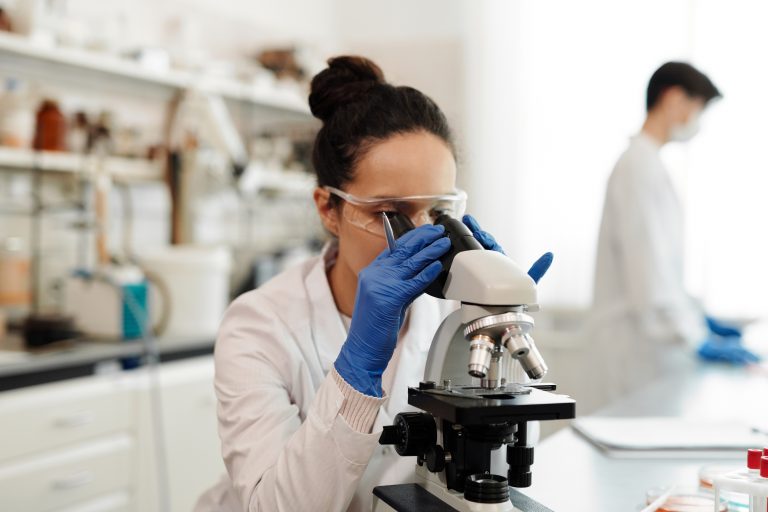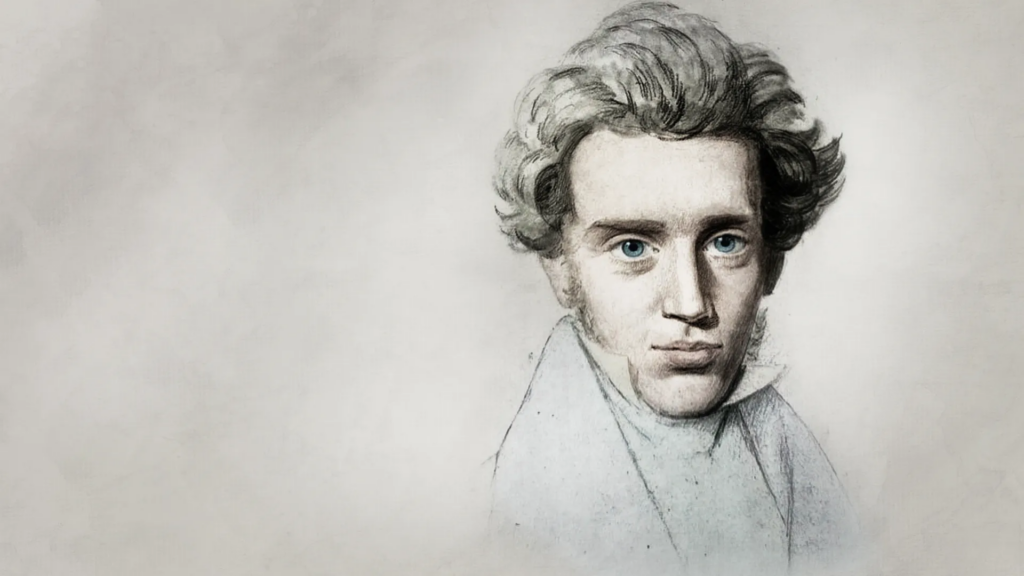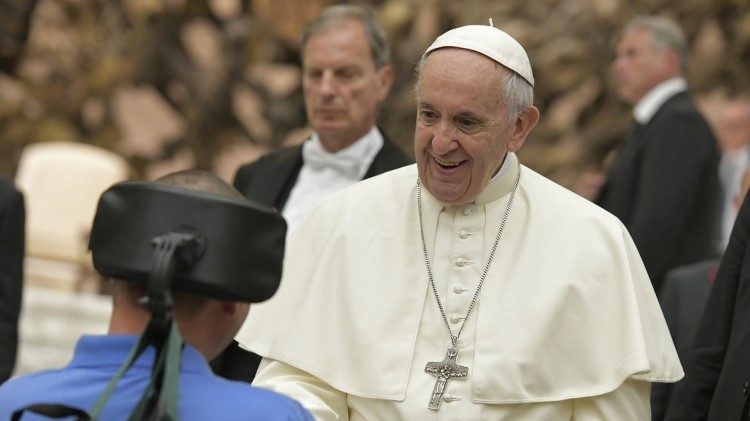The Good Use of Genetic Editing
Respect for Human Dignity in Research

Jaime Millas with degrees in Biological Sciences and Educational Sciences, an expert in the Management of Educational Institutions, and with a Doctorate in Bioethics, offers this article entitled “The Good Use of Genetic Editing.”
* * *
According to a recent edition of the “Nature” Review, a Committee has recommended to the World Health Organization (WHO) to assume global leadership in regard to the regulation of editing of the genome. Advisers suggest that genetic editing must not even be used to make changes in the germ line, namely, those that would be transmitted to future generations.
No one in their right mind should contemplate the possibility of doing so, given that the techniques are not sufficiently safe or effective and we are not prepared to analyze all the ethical considerations,” said Robin Lovelll Badge, of the United Kingdom’s Francis Crick Institute, a member of the Committee.
In 2018, biophysicist He Jiankui of the Science and Technology University of the South in Shenzhen, China, announced suddenly that he had used the CRISPR technology to edit the genome of human embryos, which gave place to the birth of two girls. In the wake of this event, an advisory group was formed, which has now issued two Reports in this connection.
These Reports are the result of the work, of over two years, of the Committee made up of 18 scientists, which has collected the opinion of hundreds of participants in a global consultation on the genetic editing of somatic cells and of the germ line. Representatives of different areas of scientific research worldwide, religious leaders, indigenous peoples, and groups of patients have contributed their points of view to its elaboration.
“The editing of the human genome has the potential to improve our capacity to treat and cure sicknesses, but the impact will only become a reality if we implement it for benefit of all the planet’s people, instead of fostering more inequality among countries,” pointed out Tedros Adhanom Ghebreyesus, WHO’s Director-General.
The possibility of benefits, which are perceived with the use of genetic editing, points to more specific therapies, prevention of genetic disorders, and quicker diagnoses. Somatic genetic therapies have already been used successfully in some cases, such as in the treatment of sickle cell anemia, transthyretin amyloidosis, or HIV.
Also seen are the risks, especially with the germ line that, on altering the genome of human embryos, would transmit to following generations the induced alterations. Referring to this, Peggy Hamburg, one of the Report’s co-authors, stressed the importance of “educating scientists, institutions, and governments on their responsibilities in research with this science.”
The request made to the Committee was to review the delicate questions posed by the editing of the genome but respecting the possibilities of medical therapies. Some of the recommendations are the fostering of international collaboration in the governance of these applications, the fostering of the ethical review of the clinical trials that involve human genetic editing, and the equitable promotion of access to medications that can be obtained with the use of this technology. This last aspect is of particular importance in Sub-Saharan Africa where sickle cell anemia is particularly frequent.
Already in 2019, WHO’s advisers recommended the creation of a register of clinical studies of the editing of the genome in human beings and stated that it was too early for the clinical application of genetic editing, as He Jiankui did. In September of 2020, another Committee, convoked by the United States National Academy of Medicine, the U.S.A’s National Academy of Sciences, and the United Kingdom’s Royal Society stated that the “technology is not yet ready for its use on human embryos destined for implantation.”
To conclude, it’s necessary that all research with human beings respect the dignity of the person from conception to natural death, weighing possible benefits and risks. If, in addition, this research affects descendants, the genetic editing technique must be safe, which is far from the reality.
Translation by Virginia M. Forrester
Related

His Hope Does Not Die!
Mario J. Paredes
24 April, 2025
6 min

The Religious Writer with a Fighting Heart
Francisco Bobadilla
24 April, 2025
4 min

Francis. The Human and Religious Imprint of a Papacy
Isabel Orellana
24 April, 2025
5 min

Cardinal Felipe Arizmendi: With the Risen Christ, There Is Hope
Felipe Arizmendi
24 April, 2025
6 min
 (EN)
(EN)
 (ES)
(ES)
 (IT)
(IT)

